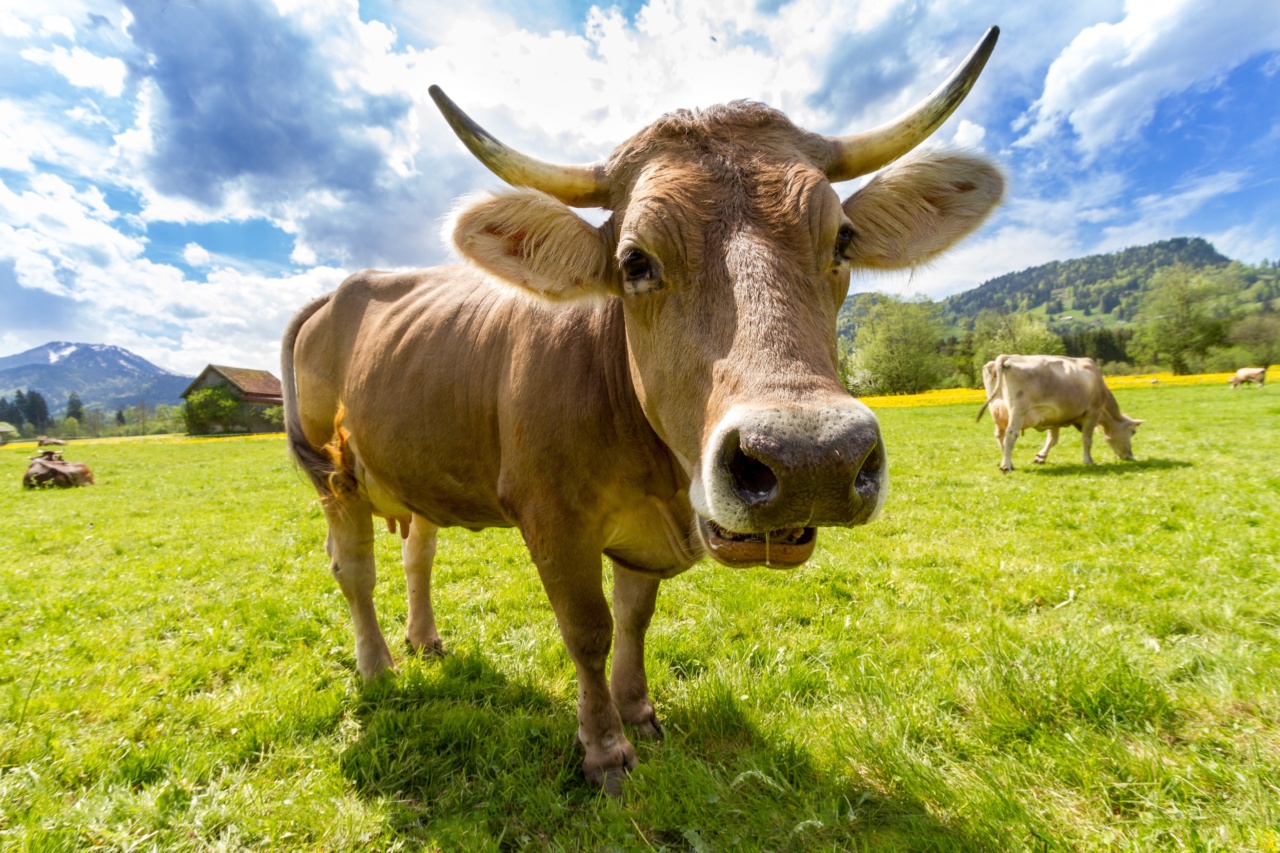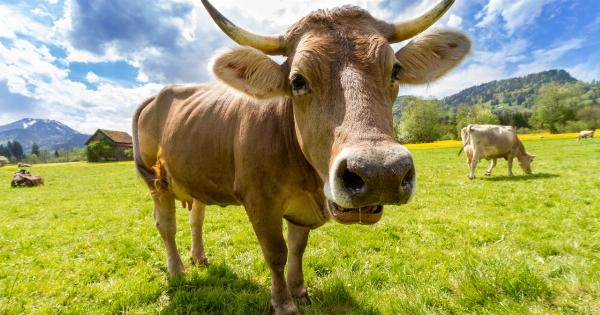Ruminants are a group of animals that have a unique digestive system known as the ruminant digestive system. This system allows them to efficiently break down plant material and extract nutrients from it.
However, like any other living beings, ruminants are also prone to various disorders that can affect their overall health and productivity. Understanding the symptoms, causes, and risks associated with ruminant disorders is crucial for effective management and maintaining optimal herd health.
What is a Ruminant Disorder?
A ruminant disorder refers to any health issue that affects the ruminant’s digestive system or overall well-being.
The digestive system of ruminants, including cows, sheep, and goats, is composed of four compartments: the rumen, reticulum, omasum, and abomasum. These compartments work together to break down plant material and facilitate the absorption of nutrients.
When a ruminant experiences a disorder, it can disrupt the normal functioning of the digestive system, leading to various symptoms and health issues.
These disorders can range from mild digestive disturbances to more severe illnesses that require immediate veterinary care.
Common Symptoms of Ruminant Disorders
Ruminant disorders can manifest through a variety of symptoms, depending on the specific condition and its severity. Some common symptoms include:.
1. Loss of appetite: Ruminants may show a decreased interest in eating or completely refuse to eat.
2. Weight loss: Unexplained weight loss can be an indication of a ruminant disorder.
3. Diarrhea or constipation: Changes in the consistency and frequency of feces can indicate an underlying issue.
4. Bloating: Abnormal accumulation of gas in the rumen can cause bloating, resulting in discomfort and reduced rumen function.
5. Excessive salivation: Increased salivation or drooling can be a sign of oral or esophageal disorders.
6. Abdominal pain: Ruminants experiencing gastrointestinal problems may display signs of discomfort, such as kicking at their bellies or lying down excessively.
7. Depressed behavior: Sick ruminants often show a lack of interest in their surroundings, reduced activity levels, and apathy.
8. Changes in milk production: Dairy cows may experience a decline in milk production if they are suffering from a ruminant disorder.
9. Dull coat or hair loss: A lackluster or patchy coat can indicate an underlying health issue affecting the ruminant’s overall condition.
10. Lameness: Ruminants with musculoskeletal disorders may have difficulty walking or exhibit an abnormal gait.
Causes of Ruminant Disorders
Ruminant disorders can have various causes, including:.
1. Poor nutrition: Inadequate or imbalanced diets can lead to digestive disturbances and other associated health issues.
2. Changes in diet: Rapid changes in a ruminant’s diet, such as introducing new feed ingredients, can disrupt the delicate balance of the rumen.
3. Contaminated feed or water: Consumption of contaminated feed or water can introduce harmful pathogens or toxins into the ruminant’s system.
4. Parasitic infections: Internal and external parasites can cause significant damage to the ruminant’s gastrointestinal tract and overall health.
5. Bacterial or viral infections: Ruminants can be susceptible to various infectious diseases, such as bovine viral diarrhea, which can interrupt normal digestive function.
6. Environmental stressors: Extreme weather conditions, overcrowding, or poor ventilation can contribute to stress, increasing the risk of ruminant disorders.
7. Genetic predisposition: Some ruminant disorders may have a genetic component, making certain individuals more susceptible to developing these conditions.
Risks Associated with Ruminant Disorders
Ruminant disorders pose several risks and consequences, both for the affected animals and the overall herd. These risks include:.
1. Reduced productivity: Ruminants suffering from disorders may experience decreased feed efficiency, weight loss, and a decline in milk production, negatively impacting overall productivity.
2. Financial losses: Treating ruminant disorders can be expensive, and the associated decrease in productivity can result in financial losses for farmers and livestock producers.
3. Increased susceptibility to other diseases: When a ruminant’s digestive system is compromised, they become more susceptible to other diseases and infections.
4. Decreased fertility: Certain ruminant disorders can affect reproductive health, leading to decreased fertility rates and difficulties in breeding programs.
5. Animal welfare concerns: Ruminants experiencing disorders may suffer from pain, discomfort, and reduced quality of life, causing animal welfare concerns.
Managing Ruminant Disorders
Effective management of ruminant disorders is crucial for maintaining the health and well-being of individual animals and the overall herd. Some management strategies include:.
1. Regular veterinary care: Establishing a strong partnership with a veterinarian is essential for early detection, diagnosis, and treatment of ruminant disorders.
2. Nutritional management: Providing a balanced and appropriate diet for ruminants helps support their digestive system and overall health.
3. Preventive measures: Implementing parasite control programs, vaccination protocols, and biosecurity measures can help prevent the occurrence of ruminant disorders.
4. Environmental considerations: Creating a comfortable and stress-free environment for ruminants through proper housing, ventilation, and access to clean water is crucial.
5. Monitoring and early detection: Regular observation and monitoring of animals for any signs of ruminant disorders allow for early intervention and treatment.
6. Quarantine and isolation: Isolating sick animals and providing appropriate care helps prevent the spread of infectious diseases within the herd.
Conclusion
Understanding the symptoms, causes, and risks associated with ruminant disorders is vital for responsible livestock management.
By staying vigilant and implementing appropriate management strategies, farmers and livestock producers can ensure the well-being and productivity of their ruminant herds.


























